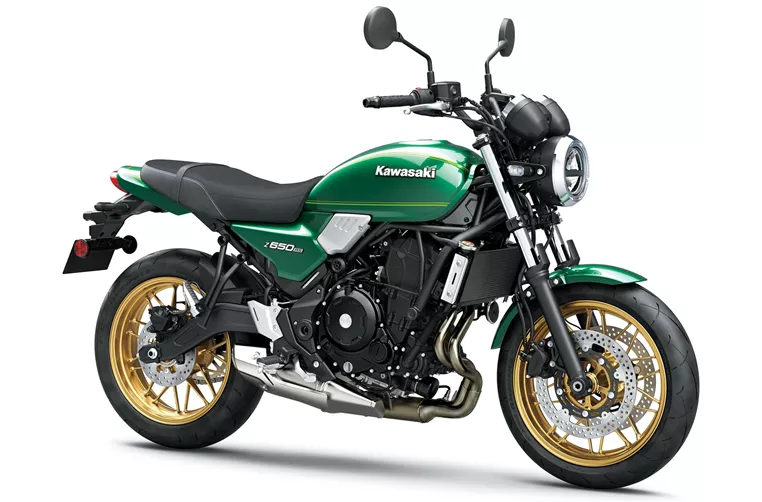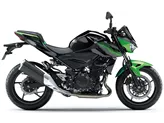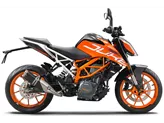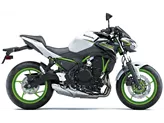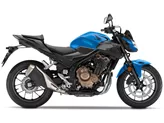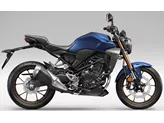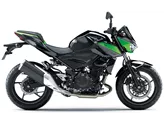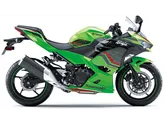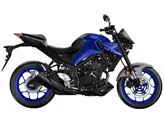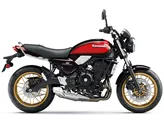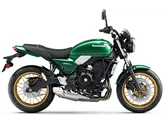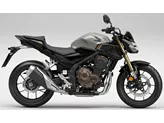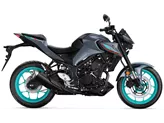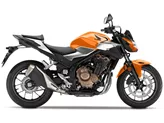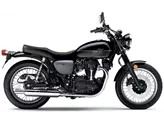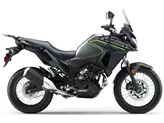Kawasaki Z 400 2023 vs. Kawasaki Z650 RS 2022
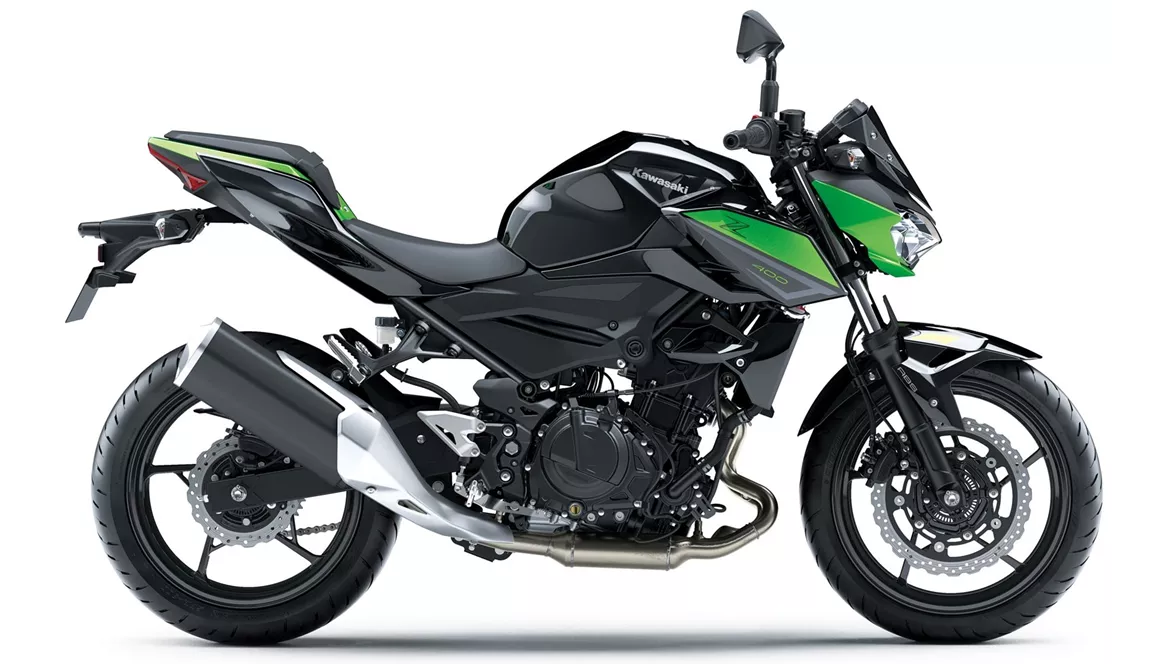
Kawasaki Z 400 2023
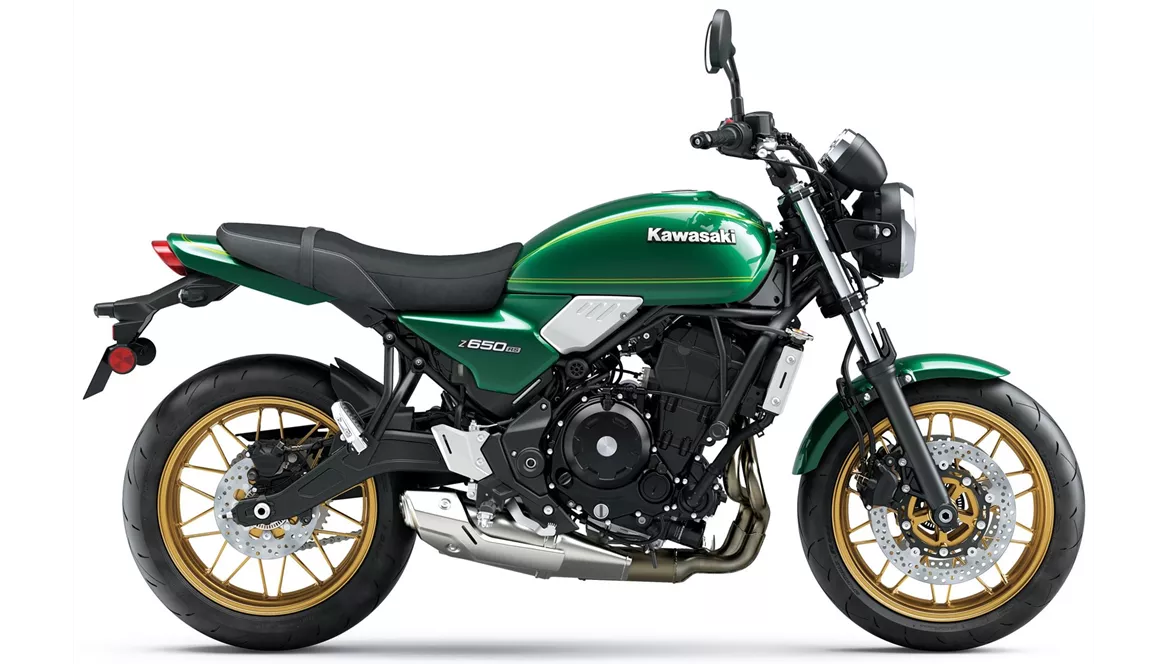
Kawasaki Z650 RS 2022
Overview - Kawasaki Z 400 2023 vs Kawasaki Z650 RS 2022
The Kawasaki Z 400 2023 and the Kawasaki Z650 RS 2022 are both naked bikes that offer a thrilling riding experience. While they share some similarities in terms of engine type, fuel system, and suspension, there are also notable differences between the two models.
In terms of engine power, the Kawasaki Z 400 2023 has a slightly lower output with 45 HP compared to the Kawasaki Z650 RS 2022, which boasts 68.2 HP. This means that the Z650 RS offers more power and acceleration, making it a better choice for riders looking for a more exhilarating ride.
The torque output also differs between the two models, with the Z 400 producing 37 Nm compared to the Z650 RS's 65.7 Nm. This higher torque on the Z650 RS translates to better low-end power and more effortless acceleration.
Both bikes feature a two-cylinder engine and liquid cooling, ensuring optimal performance and temperature regulation. They also have a tubular steel frame, providing a sturdy and reliable chassis.
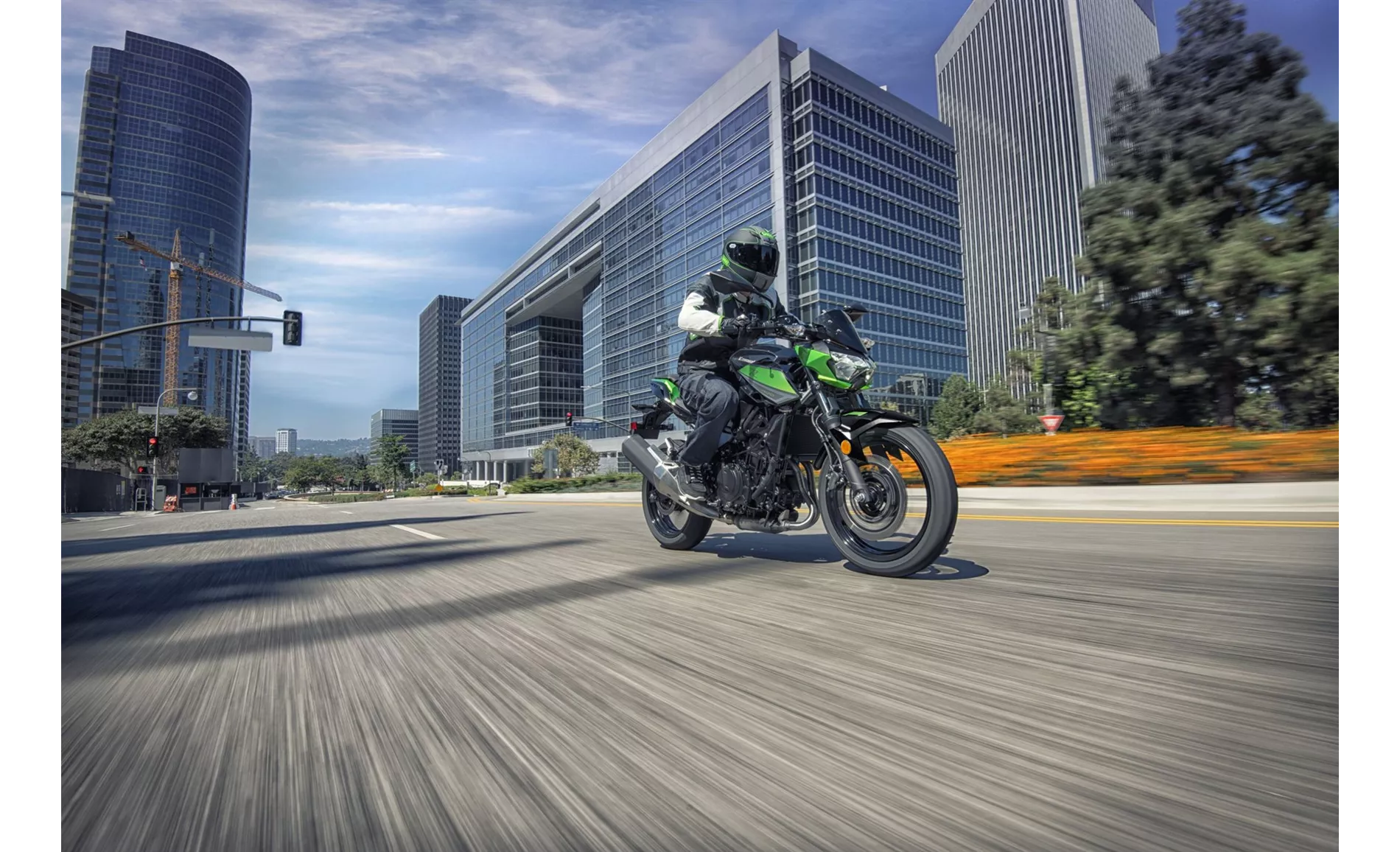
Kawasaki Z 400 2023
In terms of suspension, both bikes feature a telescopic fork at the front and a swing arm with a monoshock at the rear. This setup offers a comfortable and controlled ride for both models. However, the Z650 RS has a slightly longer wheelbase at 1410 mm compared to the Z 400's 1370 mm, which may result in improved stability and handling at higher speeds.
Braking systems also differ between the two models. The Z 400 has a single disk front brake with a diameter of 310 mm and a double-piston caliper, while the Z650 RS features double disk front brakes with a diameter of 300 mm and a double-piston caliper. Both bikes utilize petal technology for improved heat dissipation and braking performance.
Both models come equipped with ABS as an advanced rider assistance system, providing added safety and control during braking.
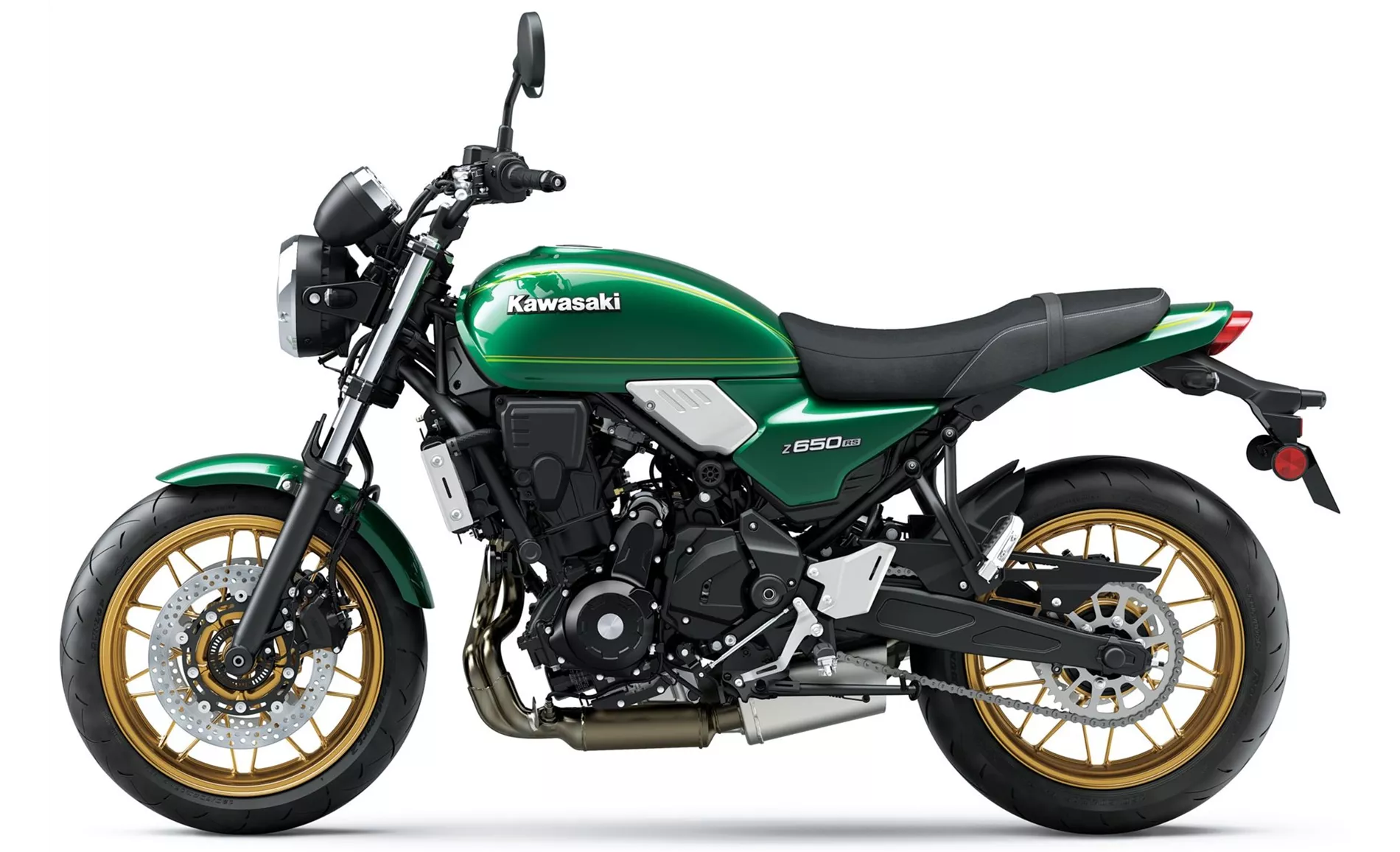
Kawasaki Z650 RS 2022
In terms of dimensions and weights, the Z650 RS has slightly wider front and rear tires compared to the Z 400, with 120 mm and 160 mm widths respectively. The Z650 RS also has a larger fuel tank capacity of 15 liters compared to the Z 400's 14 liters. The seat height is higher on the Z650 RS at 820 mm compared to the Z 400's 785 mm. Additionally, the Z650 RS is slightly heavier with a kerb weight of 187.1 kg compared to the Z 400's 167 kg.
When it comes to strengths, the Z 400 2023 offers a lively engine, good chassis and brakes, easy handling, and a grown-up look with high-quality workmanship. On the other hand, the Z650 RS 2022 boasts a perfectly realized retro design, analogue displays, a lively engine, accessible handling, powerful brakes, comfortable ergonomics, adjustable levers, and is a real eye-catcher.
As for weaknesses, the Z 400 2023 has non-adjustable levers, while the Z650 RS 2022 has a slightly softer sound.
In conclusion, both the Kawasaki Z 400 2023 and the Kawasaki Z650 RS 2022 are impressive naked bikes with their own unique strengths and weaknesses. The Z650 RS offers more power, a retro design, and adjustable levers, while the Z 400 provides a slightly more lightweight and agile option. Ultimately, the choice between the two will depend on the rider's preferences and priorities.
Technical Specifications Kawasaki Z 400 2023 compared to Kawasaki Z650 RS 2022
Pros and Cons in comparison
Pros and Cons in comparison
Kawasaki Z 400 2023
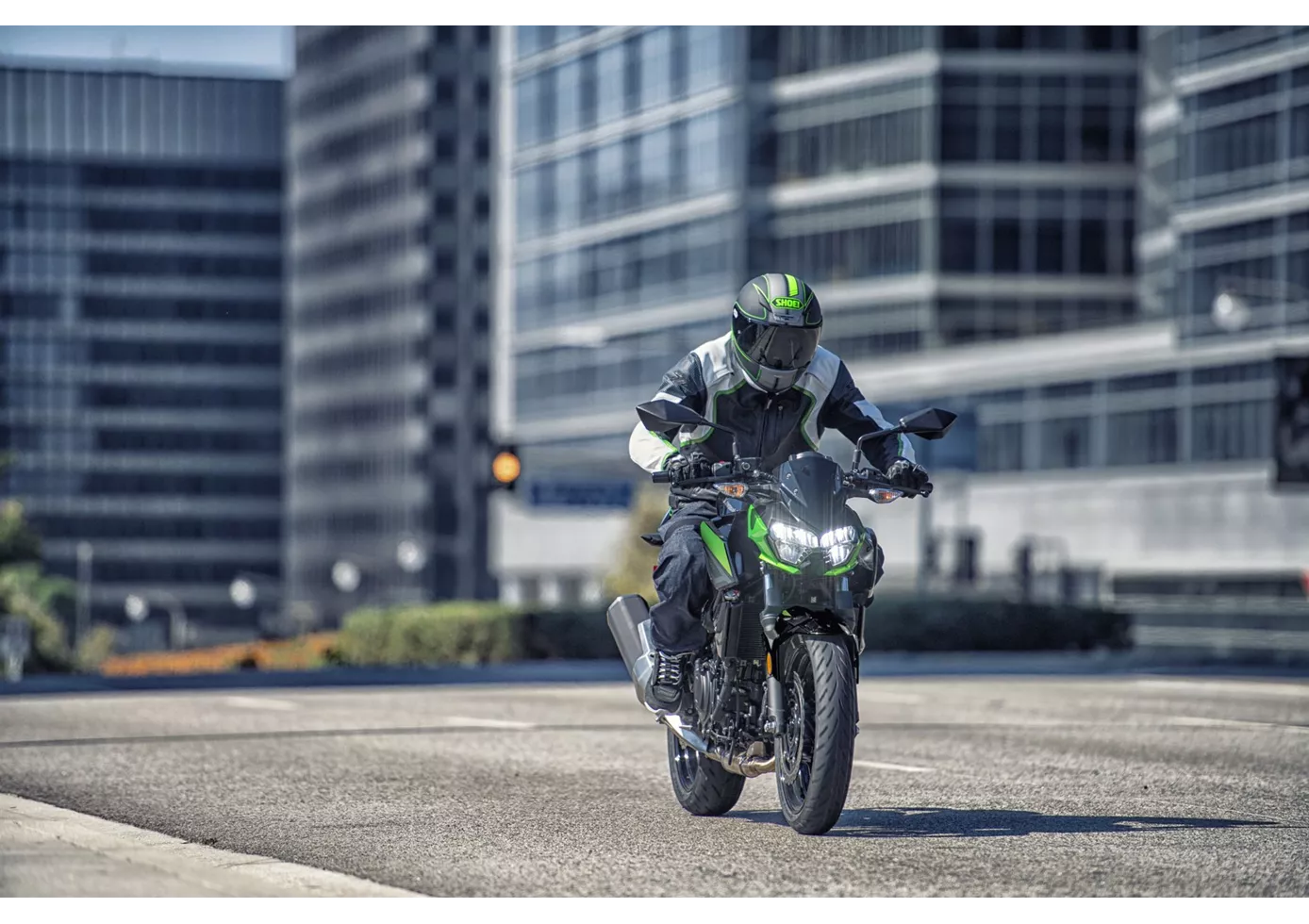
A cool and sensible entry into the A2 class. The Kawasaki Z400 scores points all along the line with its instinctive handling and the in-line two-cylinder, which convinces with good response and sufficient power. You can't go wrong with this naked bike and you can overlook the fact that the levers are not adjustable - after all, costs have to be saved somewhere.
Kawasaki Z650 RS 2022
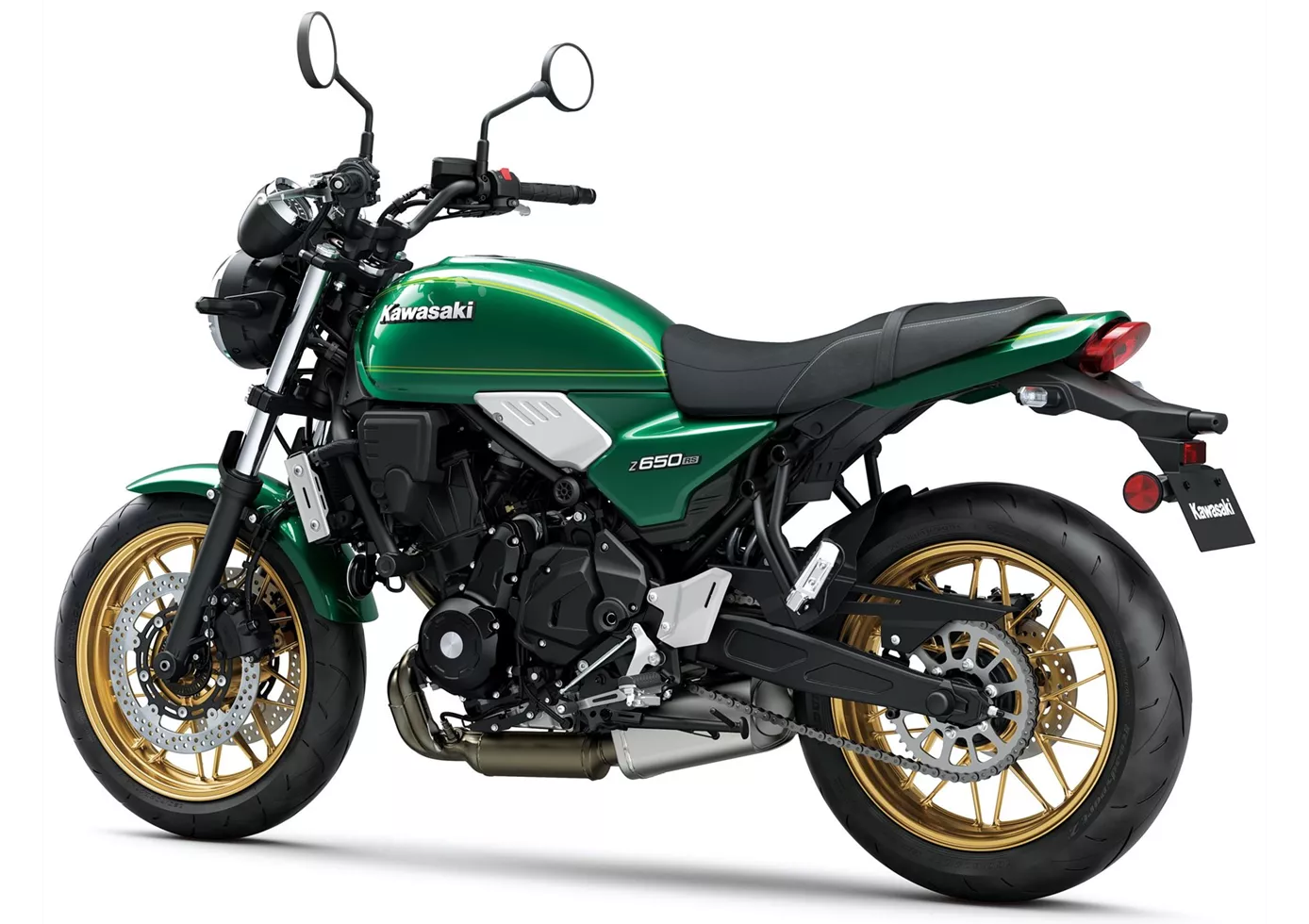
With the RS, Kawasaki proves that it has mastered the art of retro bikes. You immediately forget that underneath the pretty dress is the normal Z650, because thanks to the right details, the retro design has been convincingly implemented. In the saddle, you enjoy the accessibility that you know from the technical sister. A retro bike that both beginners and experienced bikers will really enjoy!
Price Comparison Avarage Market Price Kawasaki Z 400 vs Kawasaki Z650 RS
There are a few key differences between a Kawasaki Z 400 2023 and a Kawasaki Z650 RS 2022. In terms of price, the actual average price of a Kawasaki Z650 RS 2022 is about 38% higher. Compared to Kawasaki Z650 RS 2022 there are more Kawasaki Z 400 2023 bikes available on the 1000PS.de Marketplace, specifically 89 compared to 34. It takes less time to sell a Kawasaki Z 400 with 123 days compared to 146 days for a Kawasaki Z650 RS. Since model year 2019 1000PS.de editors have written 8 reviews for the Kawasaki Z 400 and 12 reviews for the Kawasaki Z650 RS since model year 2022. The first review for the Kawasaki Z 400 was published on 10/2/2018 and now has more than 23,200 views. This compares to more than 39,300 views for the first review on Kawasaki Z650 RS published on 9/27/2021.

